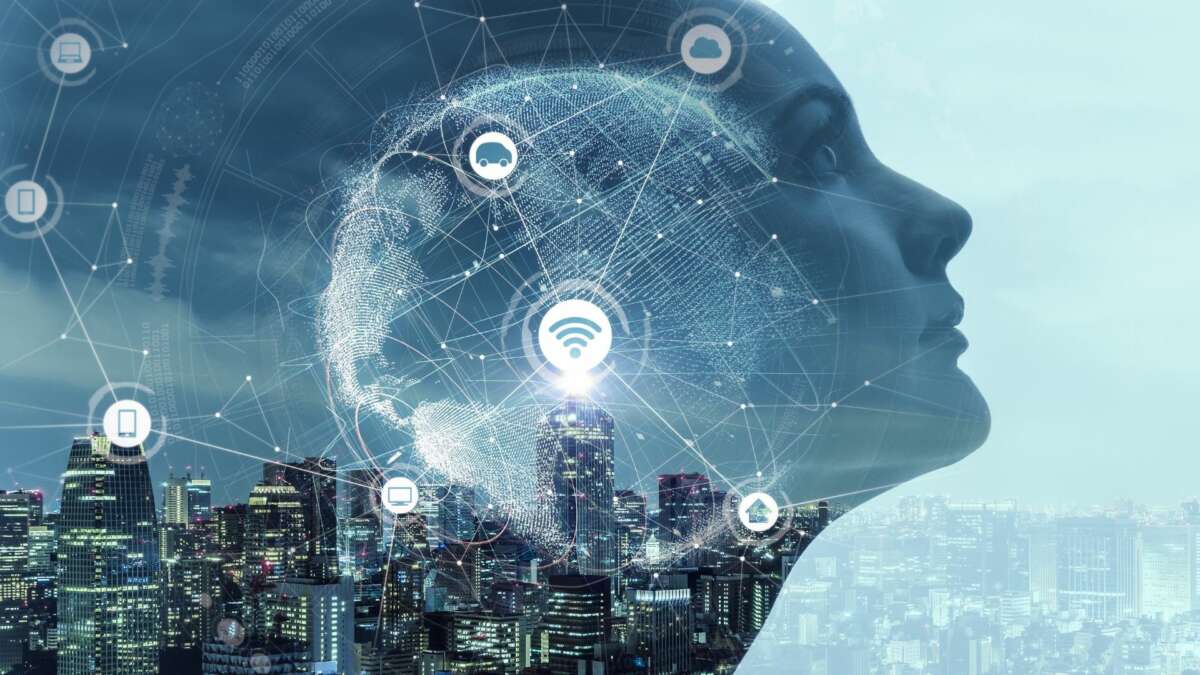
By Brian Atkinson, GM & VP EMEA at Five9
We’re growing increasingly accustomed to interacting with our smart devices in a natural and conversational manner. We ask them questions – and expect answers. For some users, they’ve even become their new best friends. Lockdown and continued social restrictions under the pandemic have accelerated this adoption of smart devices, and we’re becoming even more glued to them to stay connected, with many of these interactions happening through voice.
As we quickly adapt to getting help from so-called virtual assistants, this is leading to a shift in consumer behaviour. Recent research suggests that shopping through voice-activated devices in the UK will be worth £3.2bn by 2022. Increasingly, consumers are preferring self-service options when interacting with a business.
This has a knock-on effect on customer service. With more devices and interaction channels at their disposal, consumers expect service across additional communication channels – whether voice, SMS, video, email, or chat. And with many stores remaining closed during the lockdowns, contact centres have become the new front door for business interactions – handling an increasing volume of customer service requests.
Fortunately, Intelligent Virtual Agents (IVAs) can help manage demand and ensure customer service remains speedy and responsive – interacting with customers in ways almost indistinguishable from a human agent.
Automation, 24/7
IVAs are automated, self-service applications that offer capabilities similar to human service and support agents – they just never rest or take holidays. Therefore, they can free up valuable time for human agents to focus on more urgent customer enquiries.
For example, they can understand human voice in over 100 languages and respond using text-to-speech (TTS) that is almost indistinguishable from a human agent. Virtual agents can be configured with very basic skills—the most basic agent might simply answer the phone, ask the caller if she wants to maintain her place in queue and schedule a call-back. An advanced agent might even have the skills to understand human speech in multiple languages, determine intent using natural language processing, process PCI-complaint payments and respond in multiple languages over the phone, via chat or SMS.
Automation can help contact centres massively, answering routine inquiries and subsequently allowing companies to deflect “busy work” calls from live agents. This frees up live agents’ time to deal with more complex queries and reduces average wait times for customers during busy hours, all whilst delivering a more human experience – that isn’t actually human.
How does it work?
IVAs use the latest integrated technology to offer a wide variety of self-service capabilities, using speech recognition and TTS, along with a wide variety of voices.
Integration with technology and agents should be at the heart of business operations in order to deal with customer queries quickly and effectively. With Interactive Voice Response (IVR), inbound calls to the contact centre can be controlled and managed through scripts and collect data, such as the issue they need help with. They can then offer a wide variety of self-service capabilities. It may start with asking the caller, “How can I help you today?” and by using natural language processing the virtual agent is able to respond to these open-ended prompts, enabling the business to automate tasks that were previously too cumbersome to be handled using speech recognition.
The information is then collected and transferred back through the system so that the task can be completed. For example, if the call needs to be passed to a live agent, the virtual agent can receive data that enables it to determine into which queue to place the call. The customer’s call, along with the contextual information collected by the virtual agent, will then be transferred to a live agent, who will have everything they need to solve the query.
Understanding human interactions
Natural language processing (NLP) uses AI to give machines the ability to read, understand and derive the meaning from human interactions and makes it easier for customers to get the support they need.
Using automated systems, the complexity of interactions is dramatically simplified. This increases the percentage of enquiries that can be automated, helping to reduce costs and also eliminates complex IVR menus. Businesses who utilise intelligent virtual agents can apply applications for whatever service they want to give to their customers whilst saving valuable time and costs.
Imagine a caller forgets their password to an account – a currently common problem. With the input of IVAs, users reset their system passwords without IT input using automation with biometric security to authenticate each user by voiceprint, saving time and frustrations. Callers can also be re-routed to the correct department or can book doctor’s appointments and hotel reservations – all without talking to a single human being.
Virtual assistants are fast becoming the norm, with many people using virtual assistants to look up information or take specific actions. But these can be taken a step further, deployed in customer service to help manage call volumes effectively and ease pressure on call centre agents. Great customer experiences lead to higher satisfaction, and this is key to driving brand loyalty. Able to provide quick responses while delivering a human experience, IVAs are the next frontier for contact centres.


